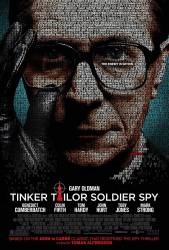
Question: Why were the British singing the Russian national anthem during the Christmas party scene?
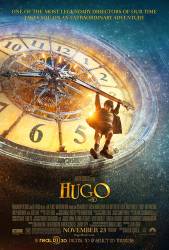
Question: Why does the Station Inspector chase children who are on their own and threaten to send them to an Orphanage? Is that what it was like in the 1930s?
Answer: He's not making it a point to chase down random children - he's like a security officer at an airport. It's his job to apprehend thieves and troublemakers and keep the station safe, and he only threatens to send children to the orphanage if they don't have parents for him to return them to. Also, it's implied once he finally apprehends Hugo that his particular harshness toward orphans (and most of his character flaws in general) is due to apparently having been one himself. He spells out the kinds of lessons he was forced to learn by growing up without a family, explaining how he became so cold, bitter, and antisocial.
Chosen answer: It is more than likely an early form of our modern day child protection. Just as today if children are found to be at risk, they can be and are taken away by social services and put into foster care. In the film, orphans may have been seen as a plague in an area that attracts posh looking people in stark contrast to urchins in rags eating out of bins. Most European orphanages/care homes/hospices/whatever you want to call them at that time were no better than anything depicted in Charles Dickens 50 years previously.
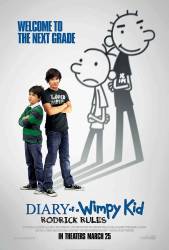
Question: Why is Angie (Chloe Grace Moretz) not back for this sequel?
Answer: Angie was not a character in the first Diary of A Wimpy Kid book and was made specifically for the first movie, as told in the audio commentary of DoAWK. Chances are fans disliked the character.
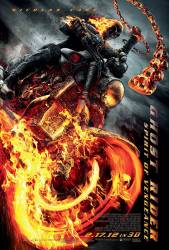
Question: Was it the decision of the directors to have Ghost Rider killing people rather than using the Penance Stare like in the first movie. I found it odd that Johnny stated that the Ghost Rider would go after anybody such as people who tell little white lies.
Answer: The entire film was designed to have a different tone and feel from the first film, to be accessible to viewers who never saw the original. Thus this film exists as something of a soft reboot. In interviews the directors also stated the origin story for Ghost Rider never made sense to them and they wished to change aspects of the character for this film. That includes removing the Penance Stare and making Ghost Rider have an uncontrollable desire to feed on the wrong people have committed, even things like little white lies could set him off.
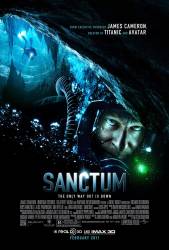
Question: On their helmets were two torches (flashlights). The bigger light had two options, an LED cluster and a standard bulb. Wouldn't the battery have lasted longer if they chose the LED option?
Chosen answer: Being someone who uses the PETZL Duo headtorch (the light used in this movie) I can say that yes, the LED option lasts MUCH longer than the standard bulb.
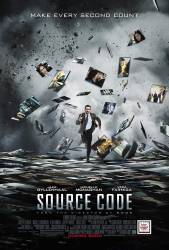
Question: Why does the train where the action takes place have the locomotive as the last car? When two trains pass each other at one moment, the others locomotive is at the beginning.
Chosen answer: Trains that shuttle back and forth on shorter stretches don't usually turn around at the terminus. They simply go "backwards". So, in one direction the loco is in the front, on the way back it's at the end of the train.
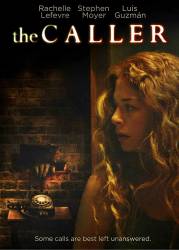
Question: Where did Mary Lee live before moving into Ross' old apartment?
Answer: Rosery Road.
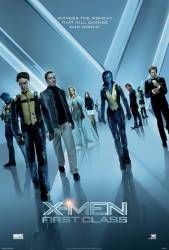
Question: If Charles was shot in this movie, becoming paralyzed, how did he get the ability to walk by the time the beginning of X-Men: The Last Stand came around?
Answer: It is shown in X-Men: Days of Future Past that Hank made a serum that can help him walk.
Chosen answer: The short answer is events in this film negate what happened in X-Men 3 as well as Origins: Wolverine or one could say this film essentially became a reboot. Since no real answer seems to be given, and since the X-Men 3 film makers didn't know Charles would later be shown to become paralyzed prior to visiting Jean, they had no need to explain why he's walking. One can only speculate on the possible ways Charles walks in these 2 previous movies (and this isn't taking into account the timeline shift from X-Men Days of Future Past). We do know from DOFP that Hank/Beast created a serum for Charles that allowed him to walk, albeit without his powers. Hank could have kept working on this serum which would allow Charles to walk and still maintain some of his powers. Then at some point Charles stopped taking the serum, confining him to the wheelchair once again. Either because they ran out of the serum or because Charles came to the realization he needs to accept what happened and not hide it, especially if he's teaching children to accept who they are. Charles also has the power of "astral projection" and the power to appear in the minds of others, so Charles could simply not be there at Jean's house, but is back home, in his wheelchair.
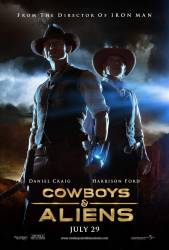
Question: Colonel Dolarhyde mentions about having participated in the Battle of Antietam and losing men in the Cornfield. Did he fight for the Union or the Confederacy?
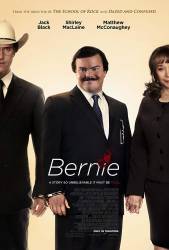
Question: Bernie made a full confession of murdering Mrs. Nugent to the police. In the event of full confessions, the cases go before a judge only for conviction and sentencing. So why did Bernie have to go before a jury trial?
Chosen answer: Confessing to a crime is not the same as pleading guilty in court. The DA had charged Bernie with premeditated murder (1st degree murder), but still had to prove in court it was premeditated, Bernie only confessed to killing her.
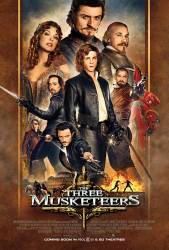
Question: I haven't read the novel - is their servant British in the book (if his character appears in the book at all)? It seemed like an odd choice given that they are warring with England, but perhaps it was just a good accent for the comic relief?
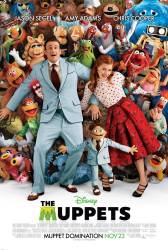
Question: What did Richman hate about the Muppets?
Answer: He was a greedy man who wanted to drill underneath the Muppet Theater for oil. He was Ebenezer Scrooge.
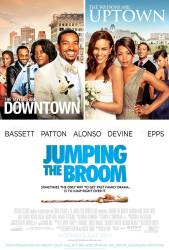
Question: When Jason's mom arrived what did the sign say?
Answer: If you're talking about the sign the driver was holding, it's just says "Mrs. Taylor", which is her last name.
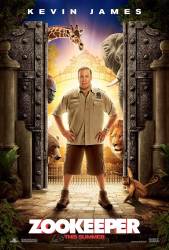
Question: What exactly did Shane do to Bernie?
Answer: If you're talking about in the past, he actually didn't do anything. Shane was going to tease/hurt Bernie with the stick, but Bernie grabbed it. Shane then lied to the zoo about Bernie attacking him which led to Bernie being moved. Although prior to Griffin kicking Shane's ass, Shane ended up cutting Bernie in the face.

Question: How were the Pink Berets able to track the easter bunny's son?
Answer: Phone.
Answer: When they say James (his real name) instead of Fred.
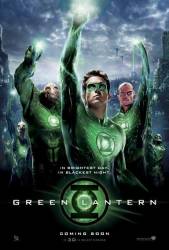
Question: In a post-credit scene, it shows Sinestro taking off his green ring and replacing it with a yellow one. What was the reason for it?
Answer: In the comics Sinestro founded and led the Sinestro Corps, a group similar to the Green Lanterns, but they use the yellow part of the emotional spectrum: fear, rather the the green energy of willpower.
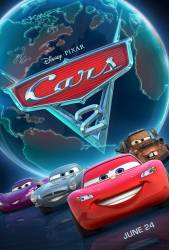
Question: How do the lemons discover Leland Turbo?
Answer: They heard him recording the message to Finn and found his words suspicious.
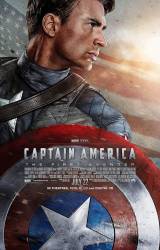
Question: Before he was genetically altered and his real body was used, how did they get Chris Evans to look so scrawny?
Chosen answer: A couple of techniques were used. In most cases, Evans would film the scene normally, then the effects team would digitally shrink his character down to the smaller size. This would generally require some on-set adjustment to allow for eyelines - in some cases Evans would be physically lower than other actors, in others, they would look at his upper chest while he looked over their heads. In a few cases, actor Leander Deeny, who possessed the necessary scrawny physique, would film the scene, collaborating closely with Evans to ensure that the character's mannerisms remained the same. Deeny's features would then be digitally replaced with those of Chris Evans. Deeny appears briefly in the movie as the bartender in the pub Rogers visits to recruit his team.
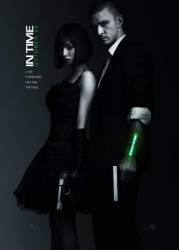
Question: We see in the movie that the time is like money but where is the "time" generated?
Chosen answer: When they turn 25, their built-in clock starts counting down from 1 year. Since time is the currency, they must then work and contribute to the economy, in order to earn time and survive. The government gives that one year of time to each person, as both a population control measure (if they don't work and earn, they'll die) and an economic incentive.
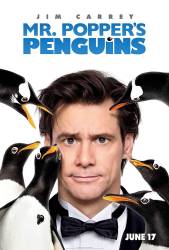
Answer: As this story was set during the Cold War era, this was a deliberate mockery of the Soviet Union and its policies against holiday celebration and religious freedom. The entire story revolves around the prospect of a Russian Mole among the British Secret Service and Intelligence Community-at that moment, complete with a mocking Stalin Santa Claus, they were letting off steam against their reviled rivals.
Erik M.